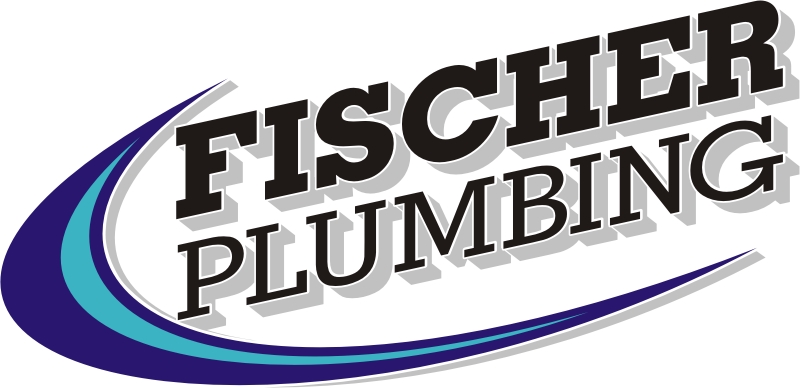Prepare Your Seattle Home for Winter
As winter approaches in Seattle, many homeowners throughout the region focus on stocking up on fireplace needs, sealing drafty windows, putting away outdoor furniture, and winterizing their gardens. However, one crucial aspect often overlooked is the health of your home’s plumbing system. Snow and freezing conditions can wreak havoc on your outdoor and interior pipes when temperatures drop, leading to costly emergency plumbing repairs, water damage, and restoration services.
Why Winter Weather Threatens Your Plumbing
While Seattle isn’t known for cold compared to other regions, winter temperatures can still dip below freezing, especially during those occasional snow and cold snaps. When water freezes inside your pipes, it expands, putting immense pressure on the pipe walls. This pressure can cause pipes to burst, leading to water damage that may go unnoticed until it’s too late or all of a sudden flood basement or crawl space. Frozen pipes are one of the leading causes of emergency plumbing calls during the winter months throughout Seattle, Bellevue, the Eastside & North Seattle.
Snow, ice, and freezing temperatures can also disrupt your water heater, outdoor faucets, and drainage systems. By taking proactive measures now, you can safeguard your home from these potential issues and avoid the stress of emergency plumbing services.
Steps to Winterize Your Home's Plumbing
To keep your plumbing system in top shape this winter, it’s essential to take preventive action before temperatures drop. Here are several steps Pacific Northwest homeowners should take to ensure their pipes and plumbing fixtures are ready to withstand Seattle’s cold winter weather:
Insulate Exposed Pipes
Exposed pipes in unheated areas like crawl spaces, basements, attics, and garages are particularly vulnerable to freezing. Insulating these pipes is one of the simplest and most effective ways to prevent them from freezing. Pipe insulation sleeves or foam can be easily installed to provide a protective barrier against the cold.
In Seattle, where homes often have older plumbing systems, insulation can also help with energy efficiency by reducing heat loss in your water pipes.
Seal Drafts and Leaks
Cold air drafts from windows, doors, and cracks in your walls or foundation can significantly lower the temperature around your pipes. Inspect your home for any areas where cold air might enter and seal them properly with caulking or weather stripping. By eliminating drafts, you protect your pipes and keep your home warmer and more energy-efficient.
Disconnect & Drain Outdoor Hoses & Faucets
Outdoor faucets are among the first fixtures to freeze in the winter. Disconnect garden hoses and drain water from outdoor faucets and sprinkler systems to prevent freezing. You can also install faucet covers or insulate the faucets to provide an extra layer of protection.
If your home has a separate shutoff valve for outdoor water supply, turn it off and drain the lines completely.
Check and Maintain Your Water Heater
A malfunctioning water heater in the middle of winter is a nightmare scenario. Schedule a professional inspection of your water heater to ensure it’s working efficiently and has enough capacity to handle the increased demand for hot water during the winter. In addition, setting your water heater temperature between 120-140°F helps prevent the risk of scalding and improves energy efficiency.
Sediment buildup in your water heater can also cause the system to overwork during cold months, so it’s a good idea to flush the tank if you haven’t yet done so recently.
Keep Indoor Temperatures Consistent
Even if you plan to leave the Seattle region for a winter vacation, keep your thermostat set to at least 55°F to prevent your pipes from freezing. Turning your heat down too low can lead to a plumbing emergency while you’re away. In addition, opening cabinet doors under sinks allows warm air to circulate the pipes, reducing the chance of freezing.
Install a Frost-Free Faucet or Shutoff Valve
If you frequently face frozen outdoor faucets, consider upgrading to frost-free faucets. These faucets have a longer stem, which places the water supply farther inside your home, where it’s warmer. Alternatively, installing a shutoff valve for your exterior faucets allows you to drain the water lines completely to these faucets, protecting them from freezing.
Schedule a Plumbing Inspection
One of the best ways to ensure your plumbing system is ready for winter is to schedule a professional plumbing inspection. Fischer’s plumbers can identify potential problem areas, check for hidden leaks, and offer expert advice on winterizing your system effectively. This preventive step can save you from dealing with emergency plumbing repairs and costly water damage in the future. Call us today to schedule your winter plumbing inspection today.




